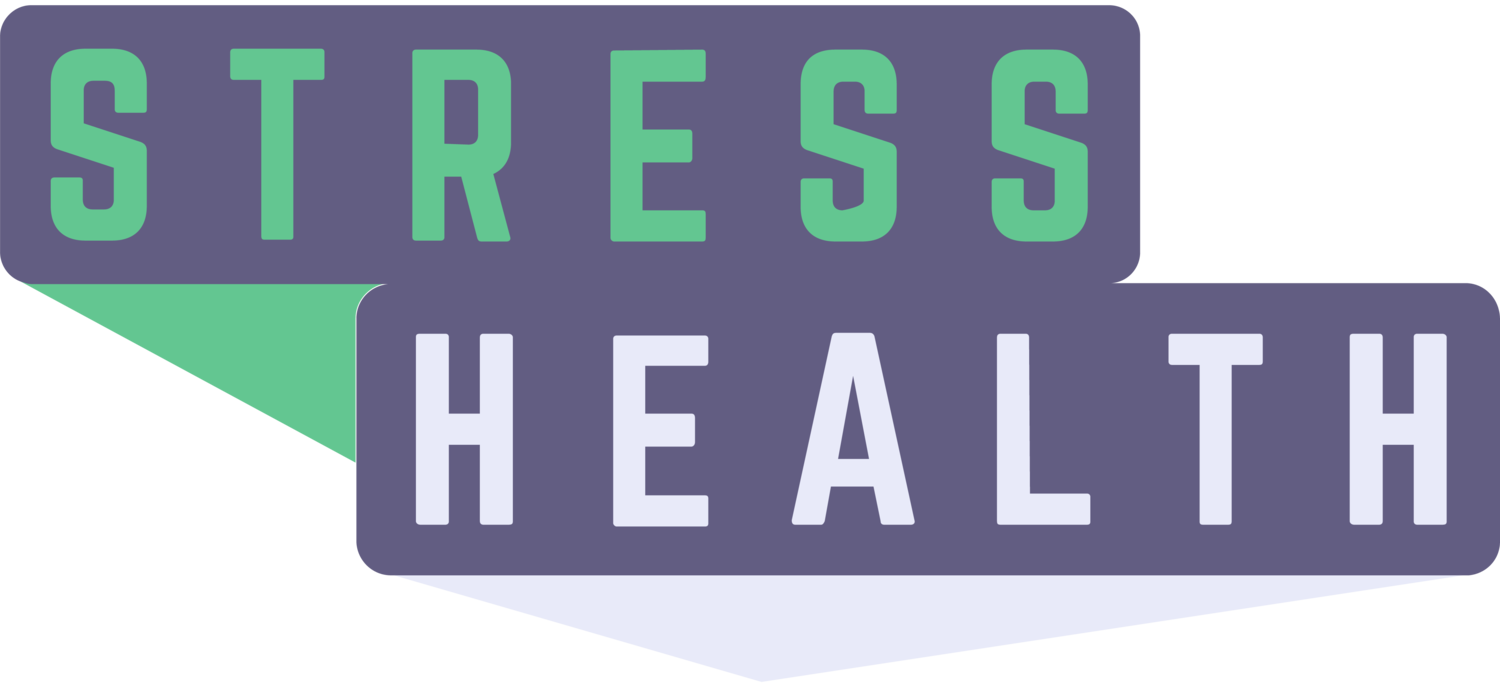For Better Health, Pack Some Color Into Your Kids’ Diet
One scientist has dubbed the blueberry the “brain berry” because it appears to protect the brain in so many ways. Some years back at Tufts University, researchers fed aging rats a diet high in blueberries for two months and then gave them a battery of tests, including running a maze, balancing on a narrow beam and finding a hidden object. The results? The blueberry-fed rodents outperformed other old rats on every test.
Your kids probably won’t be needing to run a maze anytime soon, but the benefits of blueberries for young brains are too good to pass up. Blueberries contain more powerful disease-fighting antioxidants than any other fruit or vegetable: One serving of blueberries offers more antioxidants than five servings of squash, carrots, apple or broccoli. And that’s partly because of their deep blue-purple color, which contains an uber-dose of protective pigments called anthocyanins.
In fact, when it comes to fruits and vegetables, scientists have found the more color, the better. Fresh fruits and vegetables – especially colorful ones – are packed with disease-fighting compounds. In fact, many of them are only found in the pigments.
That’s why a rainbow plate may be especially good for kids with Adverse Childhood Experiences (ACEs), who are at higher risk for developing life-threatening diseases in later life, including heart disease, Alzheimer’s, and cancer.
In the book The Color Code, a neuroscientist and food researcher at Tufts University lists some surprising benefits of color in the diet, including these:
--The natural pigment that makes many tomatoes red may help prevent prostate cancer.
--Broccoli contains the yellow-orange pigment lutein, which protects the eyes and may also help prevent cancer.
-- Blueberries’ indigo pigments may help ward off mental decline as we get older.
--Sweet potatoes are a powerhouse of nutrients and pigments that boost the immune system, making it easier to fight off disease.
--Oranges are chock-full of vitamin C and other disease-fighting compounds like hesperetin, which helps protect the heart and fight cancer. They also contain an orange-yellow pigment that is thought to help stave off heart disease.
To get more color in your family meals, try sprinkling blueberries on your kids’ cereal or pancakes. Cook some greens or slice some oranges and strawberries. Combine berries, bananas and non-fat yogurt in a smoothie. Add a baked sweet potato to your child’s lunch. A rainbow palate won’t just make your meals tastier, they’ll help you and your kids eat your way to better health.
References
Clinton, S.K. Tomatoes and prostate cancer: integration of basic and clinical studies. Presented in abstract at the New York Academy of Medicine, April 10, 2001.
Joseph, J., PhD, Nadeau, D., MD. and Anne Underwood. (2002). The Color Code: A Revolutionary Eating Plan for Optimum Health. New York, New York: Hyperion.
Joseph, J., et al.Reversals of age-related declines in neuronal signal transduction, cognitive, and motor behavioral deficits with blueberry, spinach, or strawberry dietary supplementation. Journal of Neuroscience 19:8114-21

